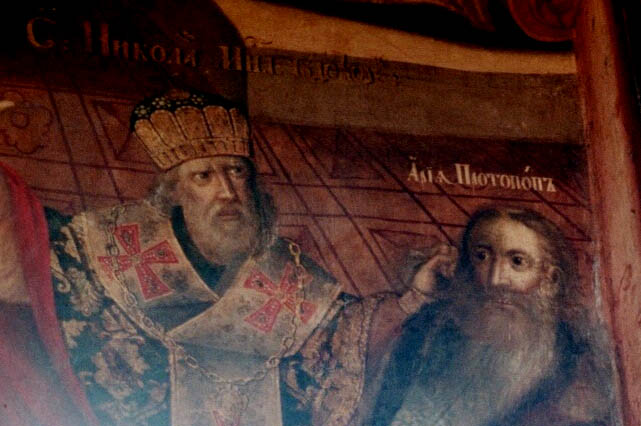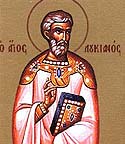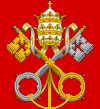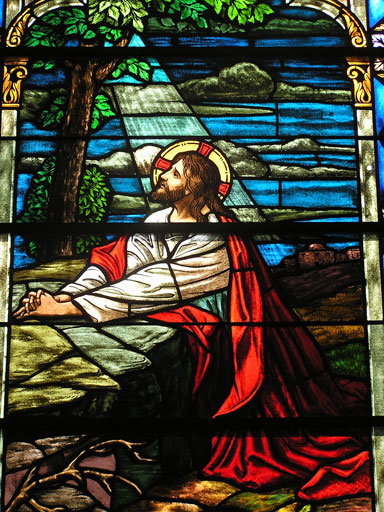
Nicholas of Myra punching Bishop Arius at the Council of Nicaea
Today is Saint Nicholas Day!
While it is widely known that the Santa Claus of Christmas is derived from St. Nicholas, few know much about the original Saint Nick beyond the fact that he did not live at the North Pole, own flying reindeer, or employ a workshop full of elves.
Nicholas of Myra was a political ally of Athanasius of Alexandria during the Church intrigues of the 4th Century and, like Athanasius, he is rumored to have come into power at an absurdly young age through dubious means.
Fast Track to Bishop
The legend begins with Nicholas as a young man on his way back home to Asia Minor (what we now call Turkey) either from studying in Egypt at Alexandria or from visiting Jerusalem. While still at sea, as the tale goes, he rescued an overboard sailor. Or, perhaps he calmed a sea storm with his prayers. To put it mildly, the stories differ. His ship then made port in the city of Myra.
Just before Nicholas arrived, the bishop of Myra had died and one of the city’s church leaders was instructed in a dream to choose a “conqueror” as the next bishop. You or I might be suspicious of such an instruction, not necessarily assuming its Divine origin even if we did accept it as a message from a supernatural source. But, the church leaders of Myra were not so cynical.
The root of the Greek name Nicholas (Νικόλαος) is nike, meaning “conquest” or “victory,” so when sailors astounded at the exploits of this youth spread the name Nicholas around Myra, the leaders of the church felt they had no choice but to elect the young Nicholas as bishop.
Continue reading →


 Today is the feast of St. Lucian, the first of the 12 Days of Defiance which begin the Winterval Season. Lucian was the teacher of both St. Arius and St. Eusebius, the bishop who baptized Constantine, finally Christianizing the Emperor after a lifetime of religious ambiguity.
Today is the feast of St. Lucian, the first of the 12 Days of Defiance which begin the Winterval Season. Lucian was the teacher of both St. Arius and St. Eusebius, the bishop who baptized Constantine, finally Christianizing the Emperor after a lifetime of religious ambiguity. Reform Unitarianism feels a particularly close kinship with the Roman Catholic Church, despite that it is the institution that adopted the apostasy of Trinitarianism. Roman Catholicism retains the sense of the ancient pedigree of Christianity, which more recent off-shoots (which nevertheless imagine themselves reformatory) fail to project.
Reform Unitarianism feels a particularly close kinship with the Roman Catholic Church, despite that it is the institution that adopted the apostasy of Trinitarianism. Roman Catholicism retains the sense of the ancient pedigree of Christianity, which more recent off-shoots (which nevertheless imagine themselves reformatory) fail to project.
 Many Unitarians have asserted the unity of God merely as a means of distancing themselves from uncomfortable Christological issues, including the “Father and Son” language used to describe Christ’s relationship with God. Sadly, for many American Unitarians in the 1800s, this developed to the point of dismissing Jesus and declaring themselves non-Christians.
Many Unitarians have asserted the unity of God merely as a means of distancing themselves from uncomfortable Christological issues, including the “Father and Son” language used to describe Christ’s relationship with God. Sadly, for many American Unitarians in the 1800s, this developed to the point of dismissing Jesus and declaring themselves non-Christians.